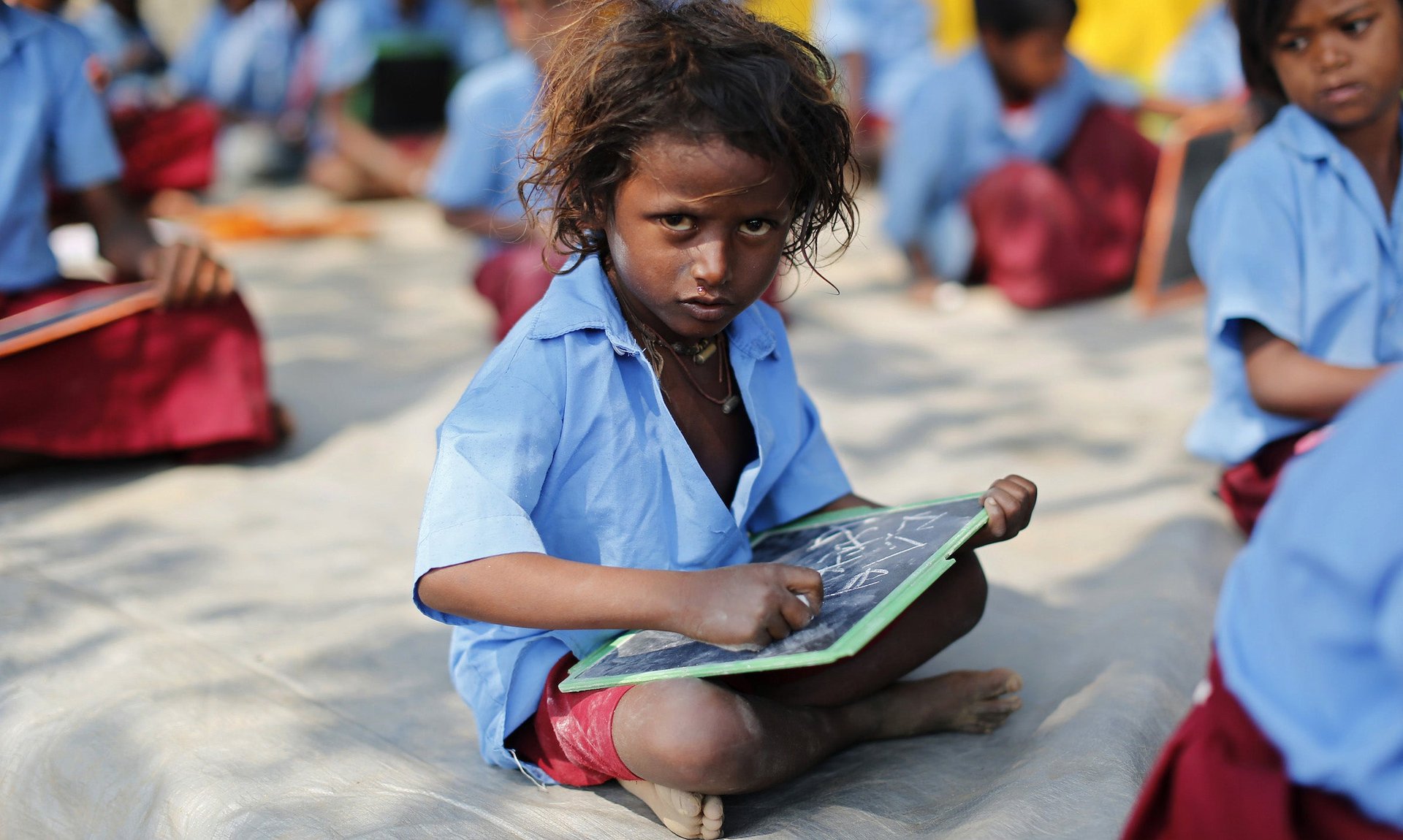India is raising a generation that is terrible with basic arithmetic
Nearly half of grade four students in government schools in India cannot answer the following question correctly:


Nearly half of grade four students in government schools in India cannot answer the following question correctly:
70 -43=?
They are meant to be able to do them in grade two. When it comes to reading and languages, Indian students aren’t any better either. By class 7th, more than a quarter of students are unable to read texts that class 2nd students are meant to be proficient in.
While India has made tremendous gains in providing access to schooling over the past decade, a new report by the World Bank says that quality of education is abysmally poor and threatens to dull the country’s biggest economic advantage—its demographic dividend.
About 90% of all primary school-age children were enrolled in school by 2011. When it comes to secondary school, the enrolment ratio is nearly 70%, while it was a little over 40% at the turn of the century. But despite the progress in numbers, these students are learning little and are not equipped with adequate skills to join the workforce.
“Unless the focus of education policy is explicitly shifted to improving student learning, the investments governments have made over the past decade will be wasted,” says Halil Dundar, co-author and team leader of the report.
In other words, even though half of India’s population is under the age of 25, they would hardly be able to contribute to the country’s growth story.
The graph below shows another disturbing trend: Students’ basic arithmetic abilities have actually declined steeply since 2006, as measured by Pratham’s Annual State of Education reports.

There are many factors that complicate the task of providing quality education in the subcontinent. The biggest challenge is that South Asia has the highest number of school age children in the world and many of them are first in their family to attend school.
The Bank makes three key recommendations to fix this mess: Make learning outcomes the central focus of education policy, make teachers accountable and invest in childhood nutrition.